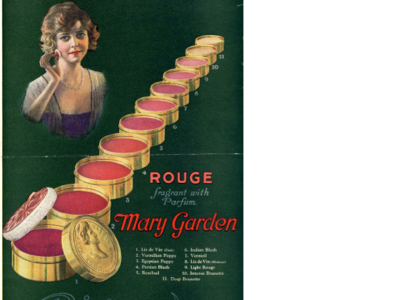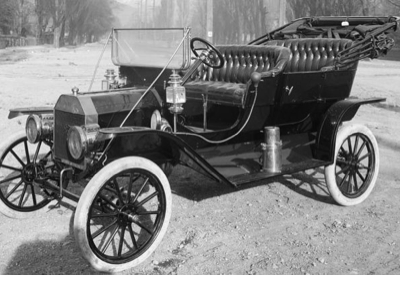Sign up for FlowVella
Sign up with FacebookAlready have an account? Sign in now
By registering you are agreeing to our
Terms of Service
Loading Flow


in the 1920s the United States was a consumer society. Many people before could buy items not just because of need but for pleasure. The Middle class families purchased electric refrigerators,washing machines, and vacuum cleaners. The people wore wristwatches and smoked cigarettes, the Women purchased cosmetics and mass-produced fashion. All the Americans bought automobiles. At the end of the decade more than 30 million cars were driven.
Consumerism and communications


No group was aware of the emergence of consumerism except the advertising industry. As a result of techniques pioneered by Wartime propaganda, advertising came of age. They encouraged the publics to absorb the values of promotion and salesmen ship me to admire those who were effective "boosters" and publicists.
The most successful book is the man nobody knows by advertising executive Bruce Barton. It played Jesus Christ as not only a religious prophet but a " super salesman". The advertising industry could never had the impact it did with out the emergence of new vehicles of communication that made it easier to reach larger crowds of audience. Movies were becoming more broad than ever, over 100 million people saw films in 1919 but with 40 million in 1922. The first commercial radio station in American, KDKA in Pittsburgh,began broadcasting in 1920, the first national radio network, the national broadcasting company formed in 1927.